Toussaint Day (All Saint’s Day) is on November 1st, a special day for Catholics to honour their deceased relatives and friends.
Let’s find out more about La Toussaint and French cemeteries.
Watch a short video presentation of Toussaint in France:
Toussaint Day and French cemeteries
Over Toussaint, people come in great numbers to cemeteries to pay respect to their dead by leaving cut flowers on the graves.
Chrysanthemums are the traditional flowers bought on Toussaint Day.
Flowers are an essential symbol of dying and death.
This explains why flowers are rarely given as gifts in France.
Chrysanthemums burst in colour: white, yellow, purple, or bronzed red.
Florists often plant them on the pavements outside cemeteries to attract visitors.

On Toussaint Day, family and friends also take the time to change pots or vases with new fresh flowers.
They take the opportunity to clean and tidy the graves and do any necessary weeding.
After visiting the cemetery, family members often reunite over a big, long lunch.
Toussaint is a public holiday in France when businesses and shops are closed, and children enjoy a two-week holiday from school.

The most famous French cemeteries
Toussaint is not the only day of the year to visit a French cemetery.
Cemeteries such as Père Lachaise in Paris attract year-round visitors who love their peaceful atmosphere.
In France, the municipality is in charge of cemeteries.
They are respected and protected areas.
The first example of a modern landscaped cemetery is Père Lachaise in Paris.
But not all cemeteries in France look like Père Lachaise.
In fact, this famous Parisian resting place is unique.
What makes French cemeteries different from other countries?
High walls surround French cemeteries.
Their iron gates are locked at night time.
Usually, the village’s cemetery doesn’t flank the church:
- The church generally stands at the centre of a village or a town.
- French cemeteries are generally situated on the outskirts.
Cemeteries are found on the church’s grounds in a few places like they usually do in Britain—for instance, the church of the Charonne Village, Paris or Hunawihr in Alsace.
The monumental cemeteries of France
French cemeteries are often laid out with graves in rows, generally grouped into larger sections.
These resting places are called “monumental cemeteries“.
For instance, headstones and other grave monuments rise vertically above the ground, unlike lawn cemeteries.

The headstones and other funeral monuments comprise marble and granite, often slab-covered.
Maintenance of the cemetery
The cemetery management is in charge of the daily maintenance of the grounds, landscaping, allocation of land for burial, and digging and filling of graves.
The construction and maintenance of headstones remain the responsibilities of surviving families.
What are the burial practices in French cemeteries?
Family or individual graves cover the coffins containing the remains.
People buy plots for 10, 30, or 50 years or in perpetuity, the latter being the most expensive option.
Cremation is increasingly popular in France and the rest of the world.
People can keep the urn at home, scatter the ashes or buy a niche in a columbarium.
If a grave is not taken care of, becomes unstable or begins to decay, the cemetery’s administration attaches a note requiring the relatives to contact the municipality.
We’ve found an excellent account of Toussaint Day at a French cemetery near Reims in The Telegraph.
The crowded cemeteries of Paris!
Very few plots are available in Paris’ cemeteries.
Most family plots are no larger than 2 or 3 square metres.
That means that coffins are usually placed on each other with shelves between them.
8 Reasons why the French value their Cemeteries
The French value their cemeteries for several important reasons:
History and heritage
Cemeteries in France are often rich in history and heritage.
They contain the graves of notable personalities, artists, writers and historical figures.
Graves adorned with sculptures, mausoleums and monuments are often considered works of art in their own right.
A great example of this is the Père Lachaise cemetery in Paris.
Place of remembrance
Cemeteries serve as places of remembrance for families.
They offer a place of meditation and remembrance to honour the deceased and keep their memory alive.
The French frequently visit the graves of their loved ones, particularly during religious festivals such as Toussaint (All Saints’ Day).
Expression of local identity
Cemeteries in France are often linked to local identity.
Each region, town, or village may have its own cemetery, with unique architectural features reflecting the area’s culture and history.
Funerary art
Graves and monuments are often works of art in themselves.
The French appreciate funerary art and regard cemeteries as open-air art galleries.
Sculptures, inscriptions and decorations are essential elements in this appreciation.
Role in religious traditions
Religion plays a vital role in France, and visiting the graves of loved ones is part of religious tradition, particularly at All Saints’ Day.
Cemeteries are places of prayer, meditation and spiritual communion.
Contribution to urban beauty
Some cemeteries are designed as landscaped gardens with tree-lined paths, flowerbeds and well-kept green spaces.
They contribute to the beauty of towns and villages.
Places to stroll
For many people, cemeteries offer quiet places to stroll.
They are places of calm and serenity where people can relax and enjoy nature.
Sense of Community
Cemeteries are places where communities unite for religious events, commemorations and charitable activities.
They reinforce the sense of community and solidarity.
In short, the French value their cemeteries for their historical value, their role as places of remembrance and artistic expression, their contribution to urban beauty, and their cultural and religious significance.
Cemeteries are precious spaces where the past, the present and the community come together.
French cemeteries at Toussaint Day
Here are some photos we took while visiting cemeteries in France.
Ménerbes (Provence)
Ménerbes in the Luberon occupies a rocky spur.
At the very end of the rocky spur is an ancient cemetery.

Les Baux-de-Provence (Provence)
Visitors to Provence know Les Baux for its formidable castle, but how many venture to the cemetery?
Surprisingly, this is a place of peace for the crowds of tourists!
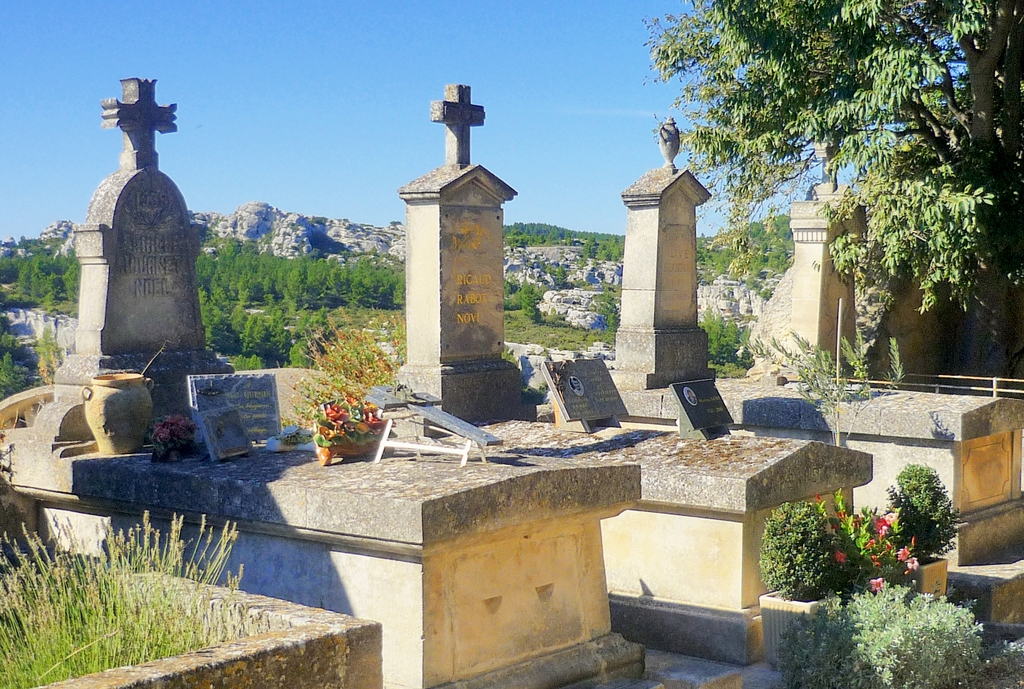
Bonnieux (Provence)
The old village of Bonnieux is at the foot of the Luberon mountain.
The cemetery stretches on a hill overlooking the village and the Coulon Valley.

Roussillon (Provence)
Roussillon is a picturesque village in the Luberon area.
Interestingly, the villagers used ochre stones to build their houses, the church, and—most importantly —their tombstones!

Hunawihr (Alsace)
Possibly one of the most beautiful resting places in France!
It enjoys a fine view over the Alsace plain and the surrounding vineyards.

Charonne Village (Paris)
A fine example of a cemetery on the grounds of a church is quite rare in France.

Montparnasse Cemetery (Paris)
Montparnasse Cemetery includes 35,000 burial plots spread over 19 hectares and 1,200 trees.


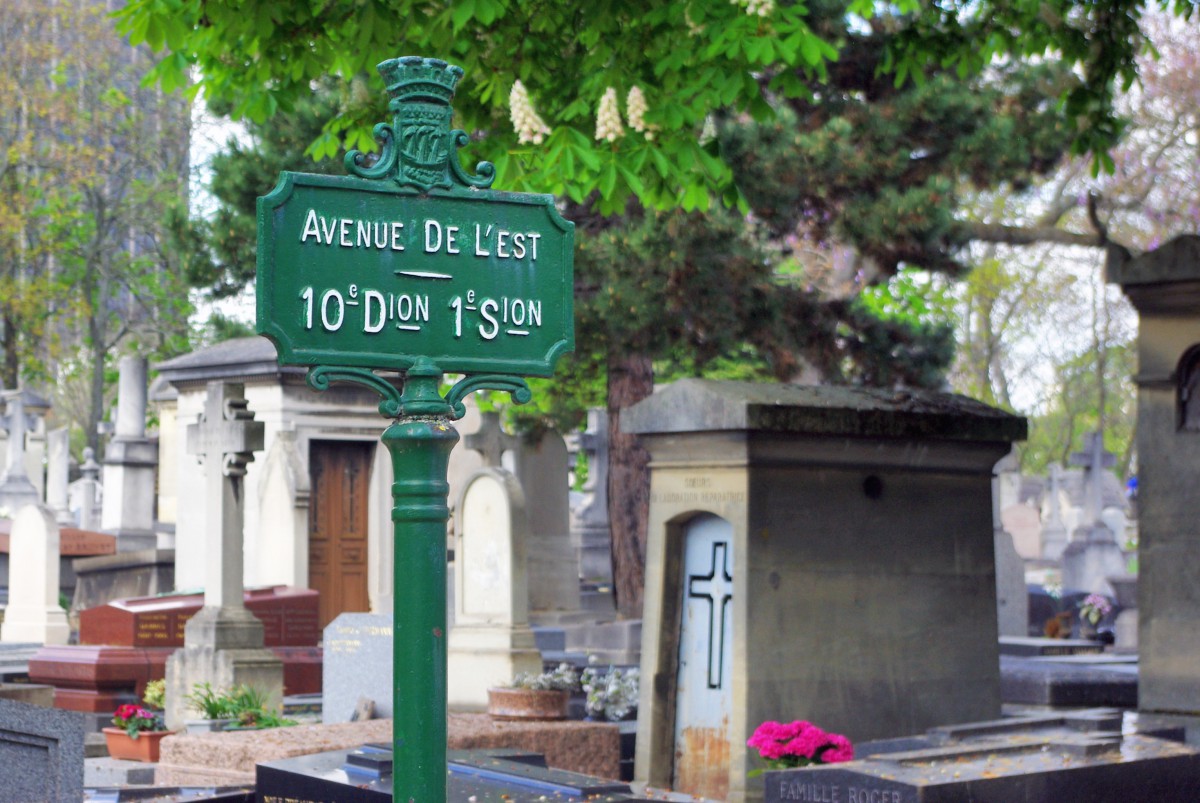
L’Hospitalet, Rocamadour (Quercy)
Around the chapel of L’Hospitalet are the ruins of the medieval hospital. A cemetery for modest pilgrims to Rocamadour occupies the hospital’s former garden.
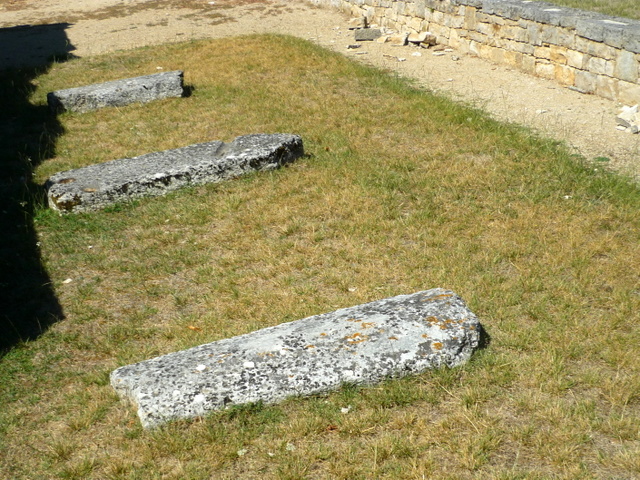
Père Lachaise, Paris
The world’s most visited cemetery is in Paris.
Its name? Le cimetière du Père Lachaise.
Visitors stroll through the graves of Jean de la Fontaine, Molière, Jim Morrison, Edith Piaf, Oscar Wilde, and Yves Montand.



Passy Cemetery (Paris)
Although this Parisian cemetery lies near two major tourist hotspots (Eiffel Tower and Trocadero), the Passy graveyard is not a tourist place…
And yet, the Passy cemetery offers some incredible views of the Eiffel Tower.
A must-see destination in Autumn!



Find out more about the cemeteries of Paris!
The Catacombs of Paris
Arguably the most surprising burial site in Paris!
The catacombs of Paris are the last home to thousands of dead Parisians, including martyrs from the French Revolution.



The skulls and bones came from the medieval cemetery of Saints Innocents.
It was the largest burial site in Paris in the Middle Ages.
Authorities had it closed in the late 18th century.
Since a marketplace occupied the site, it has become Les Halles!
Military cemeteries in France
The two world wars devastated the north and northeast of France.
Travelling across these once-devastated regions, you’ll find many war memorials and military cemeteries.

The National Cemetery in Sigolsheim is one of them.
It overlooks the plain of Alsace in the region of Colmar.
The military cemetery gathers the mortal remains of the French 1st Army.
These soldiers fought the fierce battles of the “Pocket of Colmar” (Winter 1944-45).
There are many other Necropolis in France.
For instance: Hartmannswillerkopf (Alsace), Verdun (Lorraine), Notre-Dame de Lorette (Hauts-de-France)…

Toussaint Day: English-French Vocabulary
(f) for féminin, (m) for masculin, (adj) for adjective and (v) for verbs
- All Saints’ Day = Toussaint (f)
- burial = enterrement (m)
- burial plot = concession (f)
- catacombs = catacombes (p)
- cemetery = cimetière (m)
- chrysanthemum = chrysanthème (m)
- dead = mort (m) / morte (f) / morts (m,p)
- death = mort (f)
- grave = tombe (f)
- graveyard = cimetière (m)
- headstone = pierre tombale, stèle (f)
- military cemetery = cimetière militaire (m)
- necropolis = nécropole (f)
- public holiday = jour férié (m)
- resting place = lieu de repos (m)
- Saint = Saint (m) / Sainte (f)
- slab = dalle (f)
- vault = caveau (m)








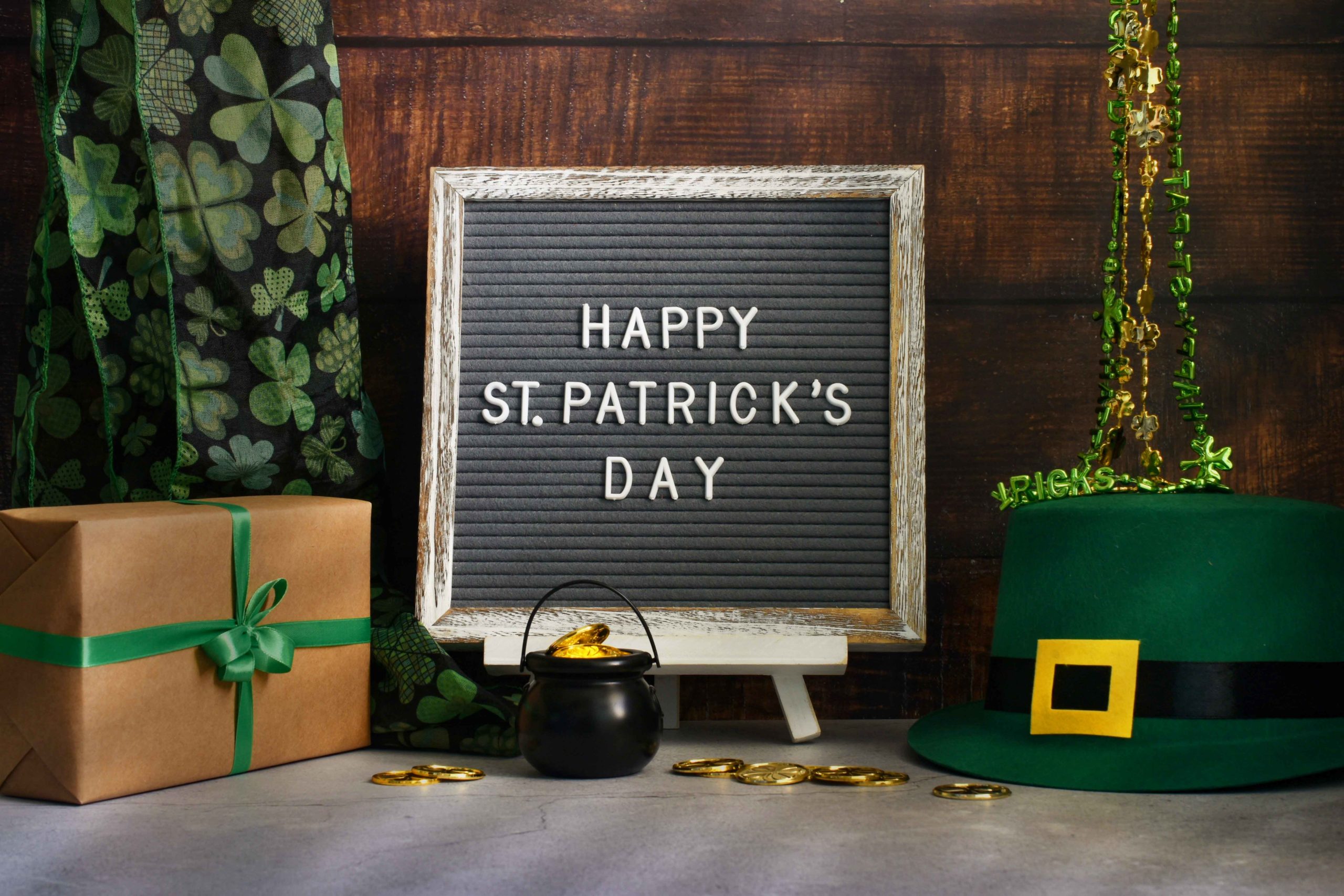












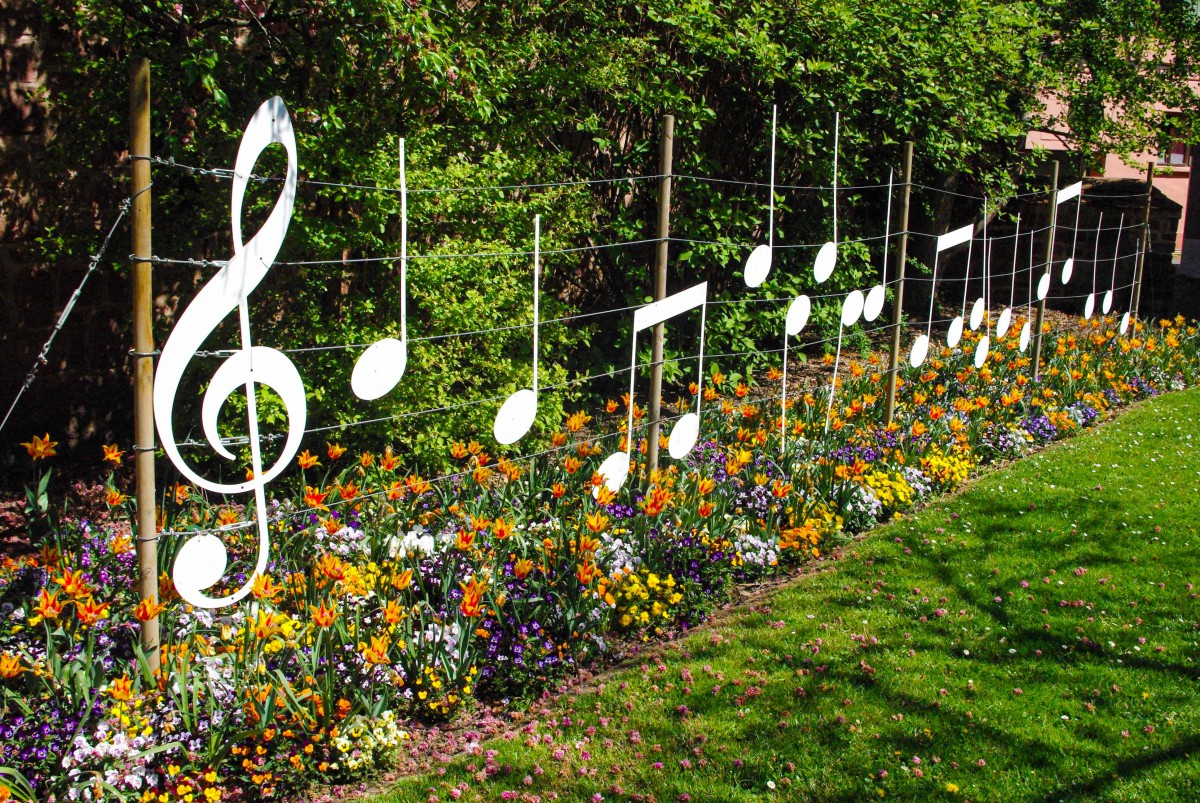



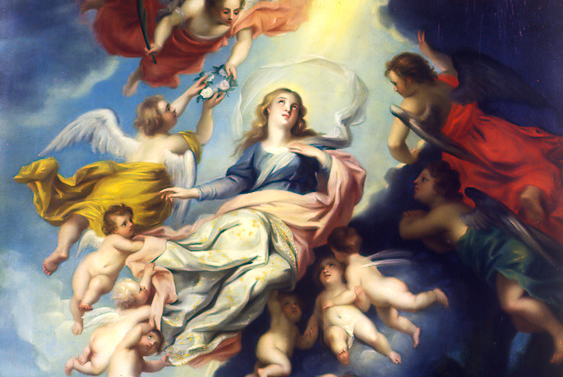


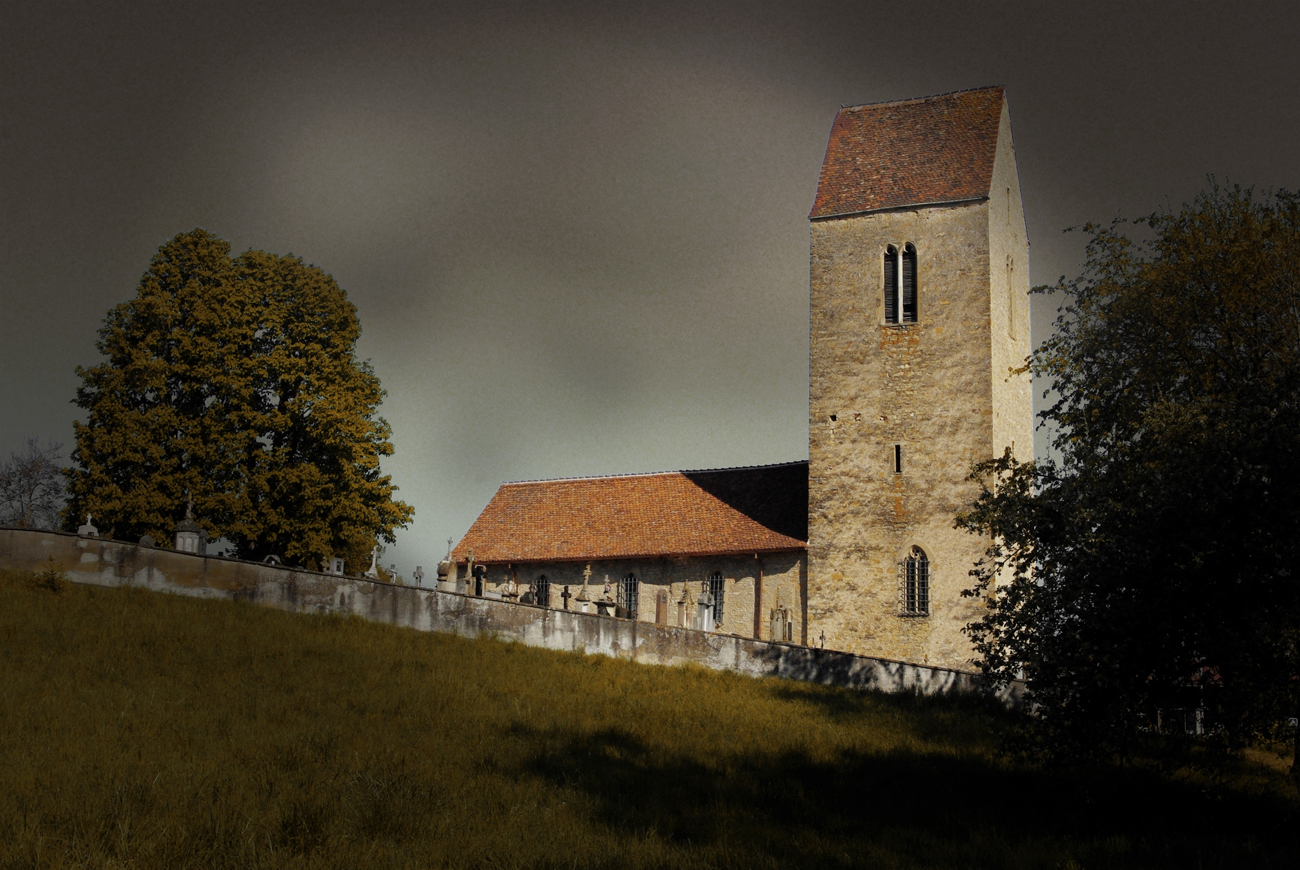

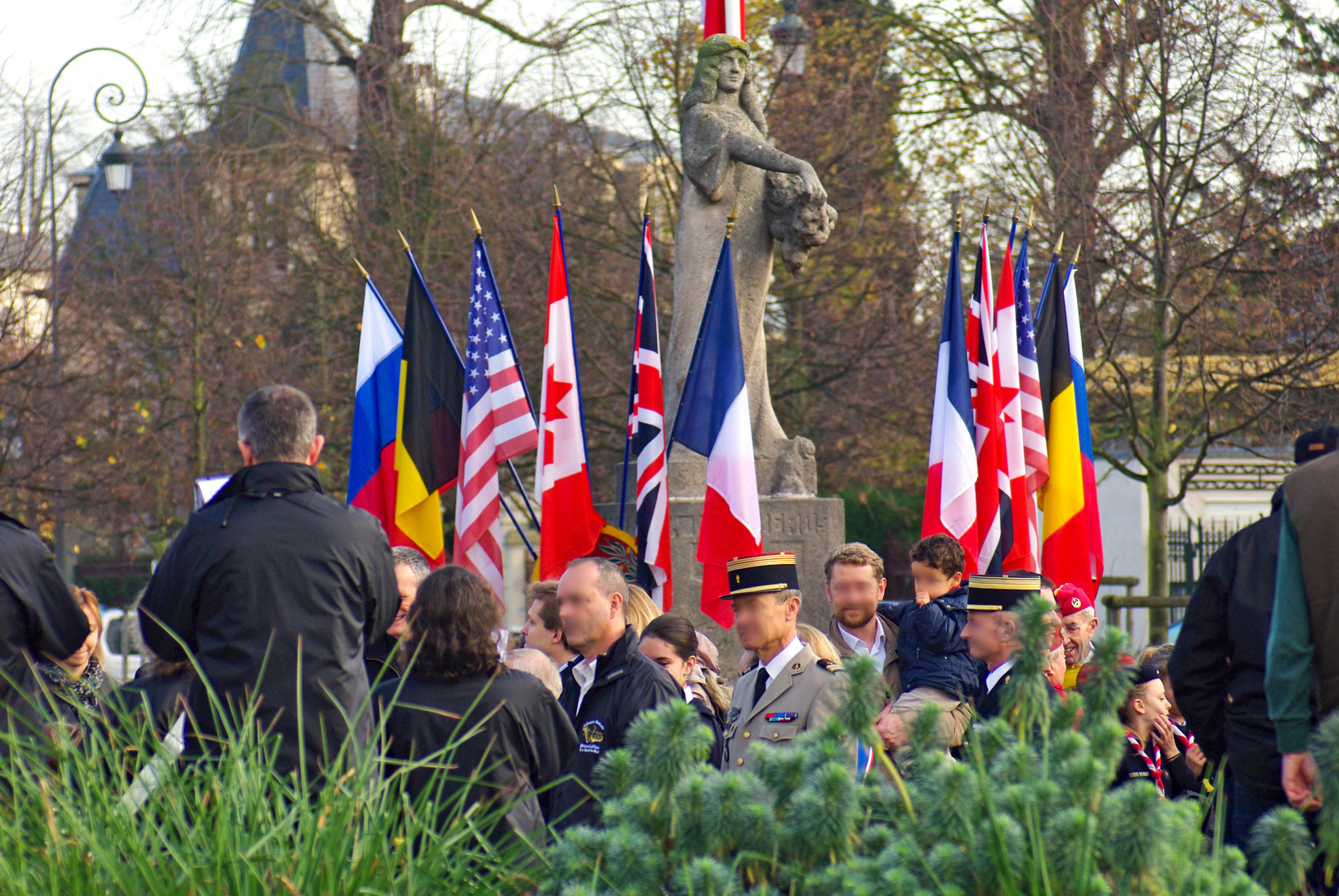






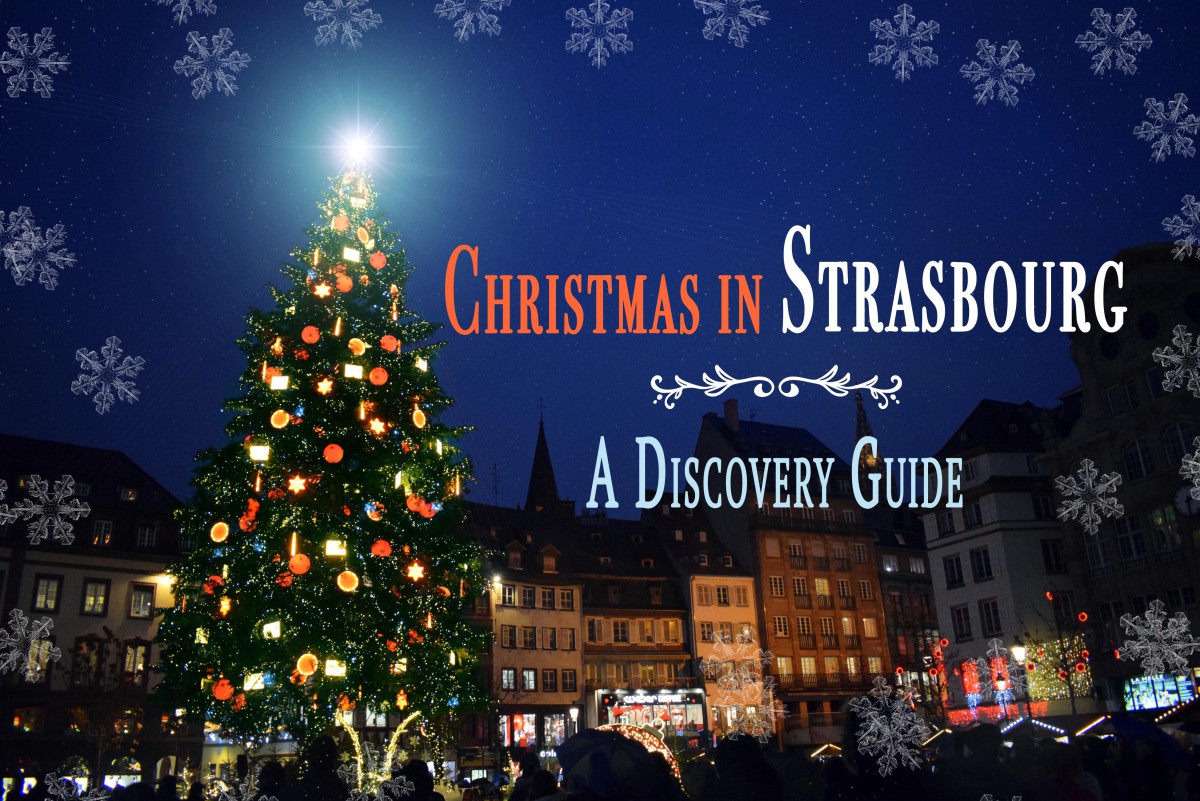



Il est intéressant de lire cet article. Merci de partager les informations.
Au Vietnam, nous avons également des modèles de tombes en pierre